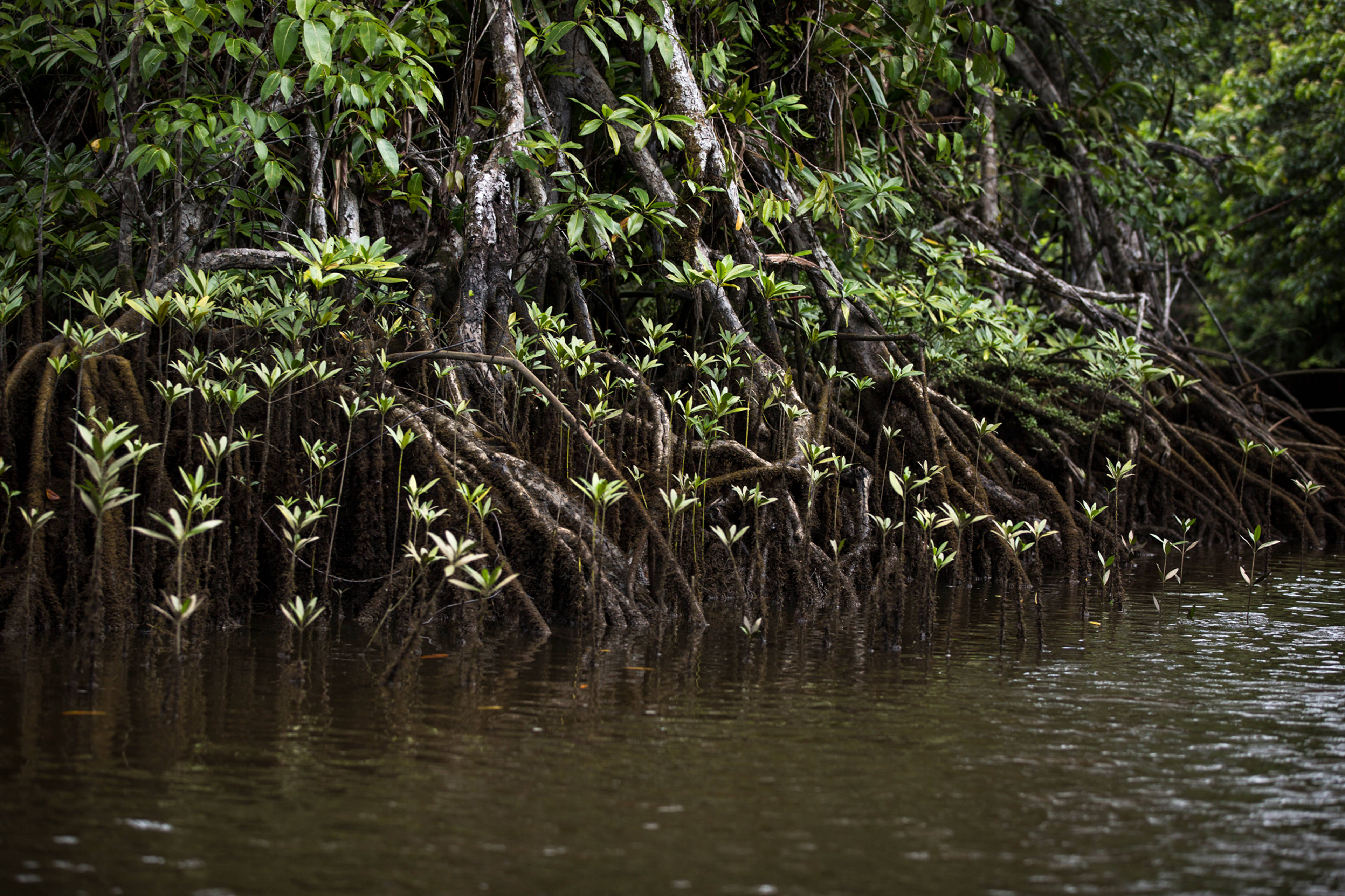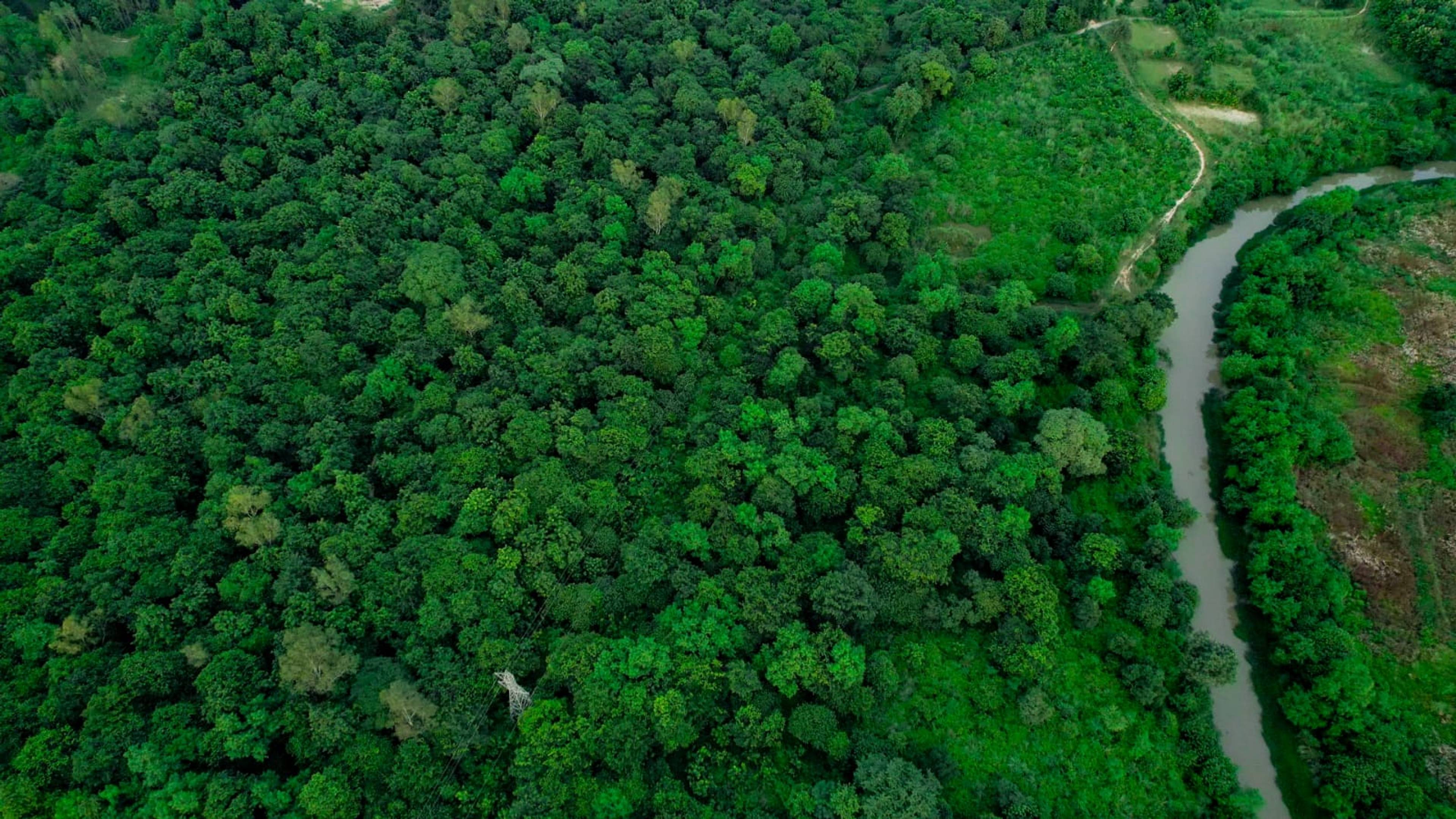Supporting sustainable forest management in an extremely remote area
Prior to the project’s start, Pacajá’s Sustainable Forest Management Plan was causing financial losses to the farm. However, the owner, who has held the land since 1979, felt a personal drive to safeguard it from cattle ranching and illegal logging regardless of those challenges. After creating a new and more stringent environmental plan to mitigate damage and protect old growth, a specialized internal team was formed to monitor the farm, and local communities were consulted to initiate alternative revenue streams. By 2020, the farm had received the Cerflor certification (Brazilian Forest Certification Program) signifying commitment to responsible operation.
Production and transport planning now ensures the least possible impact and each tree is tagged to facilitate inventory flow and chain of custody all the way to the consumer. Revenue from carbon credits is essential to pay for the increased costs of the new SFMP operations and community activities as well as to compete with profitable, alternative land use scenarios.
This project is laser-focused on alternative revenue streams. Pacajá Furniture, started in 2019, uses forest waste (branches, treetop pieces, hollow trunks) to create rustic furniture that keeps its original shape. Ultimately, this will generate employment for the local community and alternative revenue for both the project and local stakeholders.
40.2M
tons of CO2e reductions over the 30-year project lifetime.
~10%
of entire planet’s biodiversity is found in the project region.

The project supports the economic development of local communities through the sustainable use of natural resources.




















